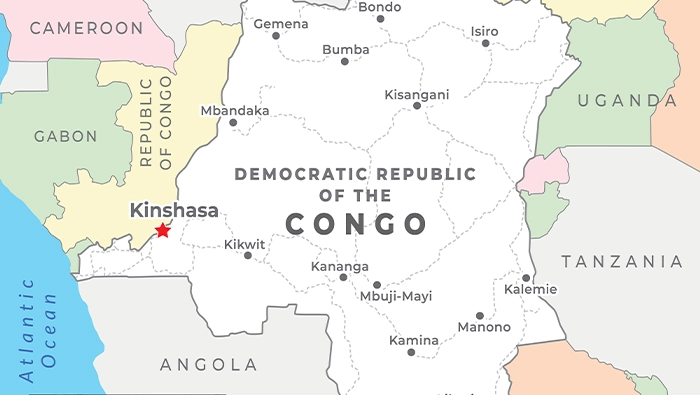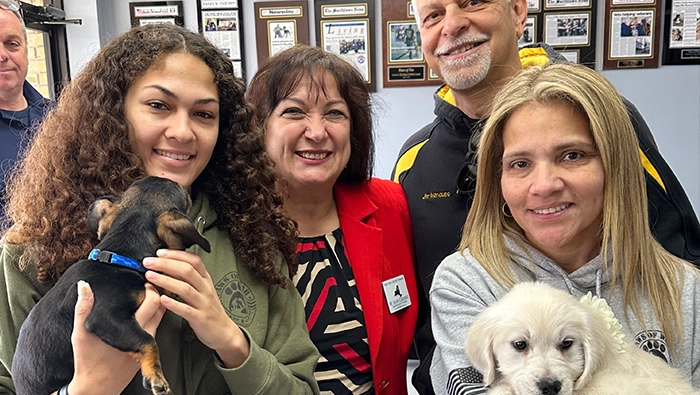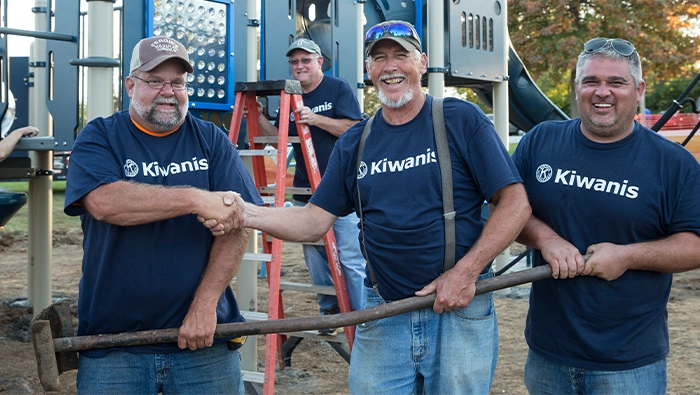
Building Kiwanis clubs in Africa
A member shares his experience of Kiwanis as a beacon of hope on the continent.
By Paluku Mathe Patrick
Kiwanis Club of Goma, Democratic Republic of Congo
Africa, a continent of diversity and resilience, has witnessed remarkable growth in its Kiwanis clubs over the years. Behind this expansion lies a journey of overcoming unique challenges while celebrating inspiring achievements. Establishing a Kiwanis club in Africa means navigating social, economic and cultural realities while maintaining a clear vision for creating a positive impact on children and communities.
Every club we establish is a beacon of hope for children’s futures. Our mission transcends borders and proves that unity can change lives. Countries like Nigeria, Madagascar, Morocco, Uganda, Réunion, Cameroon, Kenya, Togo, Côte d’Ivoire, Zambia and the Democratic Republic of Congo exemplify these successes in 2025. Through the dedication of visionary members, these clubs are turning ideas into impactful actions — rehabilitation schools, climate inclusion, supporting local initiatives and bridging generational gaps.
Yet the journey is not without its challenges: recruiting committed members, raising awareness about Kiwanis values and tailoring projects to meet local needs. These obstacles, however, are met with courage, innovation and determination.
Each new club in Africa serves as a testament to the power of ambition and unity. Kiwanis in Africa is more than a movement — it’s a message of hope for future generations.
Learn more about how the recently chartered Kiwanis Club of Goma is bringing fresh hope to African children.



